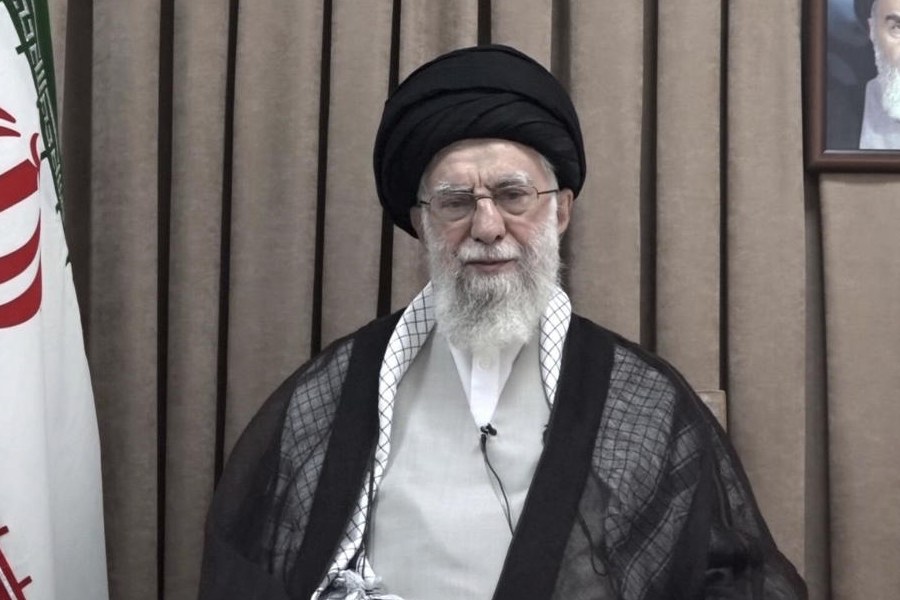 |
| Classes being held at Gangadharpur |
 |
| Students of JNV have ample space to play |
 |
| The girls’ dormitory at the BEd college hostel. Pictures by Gopal Senapati |
 |
| Students of JNV play a variety of musical instruments |
 |
| Computer lessons at the school |
What once used to be a quiet BEd college campus of Gangadharpur Sikshan Mandir in Panchla is now a playground for the tiny tots. Young children in school uniform dot the campus, playing cricket, football, or simply running around, their peals of laughter ringing clear, the sound of bells heralding the start of classes. These students belong to Jawahar Navodaya Vidyalaya (JNV), a central government school established in Howrah district in 2006. Owing to lack of land and infrastructure, the school is now being run from the borrowed compounds of Gangadharpur Sikshan Mandir.
For the last six years, JNV has been looking for a campus of its own but with little success. It started from a leased building belonging to Ananda Niketan, an NGO in Bagnan. But with enrolments increasing every year, it became imperative to have a school building of its own. In the six years, the district administration has been looking around for land in various areas. First, under District Magistrate Nandini Chakraborty, it found a plot in Kulgachhia but there was no place for constructing an approach road to the school. Later, during Khalil Ahmed’s tenure, the district administration found a plot in Sankrail but it was litigated. There was no other 10 acre government land available in any part of Howrah. Things came to such a pass that the school was on the verge of moving out to another district when Santosh Das, president of Keshab Uma Charitable Trust, offered to provide land for the school. It has donated 30 bighas of land in Gangadharpur. The land was transferred to the district administration, which is responsible for providing land for the school building and also building the approach road to the school. The district magistrate is the president of the Jawahar Navodaya Vidyalaya committee. Till now, no work on the approach road has started. When contacted, the DM’s office said, the road will be built soon after the panchayat elections. Only after that will the school building be constructed with central government funds.
The Jawahar Navodaya Vidyalaya, under the Ministry of Human Resource Development, Department of Education, Government of India, was conceived under the National Policy on Education in 1986 that envisaged establishing a school in every district of the country. The then Prime Minister of India, Rajiv Gandhi, wanted a school on the lines of Doon School, in the districts that would provide education to students in rural areas. The first two Navodaya schools were started in 1985-86 on an experimental basis at Amaravati in Maharastra and at Jhajjar in Haryana. Over the years, the number of schools has grown to over 550. JNV is a residential, co-educational school from class VI to XII. Education in the school is free as is boarding and lodging, books, uniform and other necessities. The schools are affiliated to the Central Board of Secondary Education (CBSE).
Although JNV schools seek to promote and develop rural talent, the first six years of the Howrah branch was a bitter experience both for students and staff of the school. A small building and lack of adequate infrastructure made it difficult to follow the prescribed format for studies at the school. “We were living in sub human conditions in Bagnan. The building was rented and it was so small that there was hardly any place for the students to move. One room was divided with plywood partitions to make several classrooms. Often, the teachers’ voice from one classroom could be heard in another. Since the building was located right next to NH6, the noise of vehicular traffic often hampered classes. “Teachers could hardly be heard over the noise,” said Bijaya Naik, the principal of Jawahar Navodaya Vidyalaya, Howrah.
The dormitory was also divided with a partition for girls and boys. In times of emergency, there was no staff, except the principal, living on campus. “If a child fell ill, I would have to take him or her to the hospital myself with no one to assist me,” said Bijaya.
Although JNVs are from Class VI to XII, the Bagnan school was only till Class X. “For lack of space we could not start Class XI and XII. After passing out, students would have to go to the Navodayas in other districts,” said Naik.
The lease at Ananda Niketan was getting over and “they would often ask us to move out as soon as possible,” said Bijaya. As land could not be acquired anywhere at that time, the guardians were losing hope. “Many started asking for transfer certificates so that they could put their children in other schools,” said Naik. It was then that educationist Santosh Das came to the rescue. “I realised that Howrah was going to lose an important institution that was necessary for the growth of rural children. I immediately decided to give 30 bighas from my land for the school. At present, the school is running from the BEd college until the new campus comes up,” said Das.
Since December last year, the school has completely shifted to Gangadharpur. The open space has been a boon for the children. Classes are being held in the rooms above the meditation centre in the BEd college campus. The new guest house is being used as the staff residence where 13 teachers are presently living. The students have been provided accommodation at the college hostel and they are using the hostel canteen for meals. A separate cook prepares the meals for the students of JNV. There are nine non-teaching staff on campus.
There is ample scope for games and sports at Gangadharpur. “My students wanted to practise shot put, javelin and athletics but there was no space for that in Bagnan. Now they can freely play cricket, football, kho kho, kabadi, volleyball and athletics and they will also participate in the cluster level sports competition this year,” said Naik.
Learning was also hampered at the old campus. “Ideally, the teachers and staff are supposed to stay on campus at the JNV schools but that was not possible at Bagnan. Now we have started the night study classes here,” said Bijaya. At present, there are 153 students in the Howrah JNV but soon the number will increase. “We have vacancies in Class IX. We now plan to take lateral admissions for Class IX and will soon start Class XI here,” said Naik. Five new teachers will also be recruited.
Although land has been acquired last year, work on the new school building is yet to start. As of now, not even a brick has been laid on the ground. “Unless the approach road to the campus is widened, trucks carrying building materials cannot reach the spot. This is one of the reasons for the delay in the work,” said Das. “Once new admissions and recruitment of teachers start, we will also start falling short of space. At least a temporary facility will help to accommodate the students for the time being,” added Das.
The new school building will comprise an academic and administrative block, residential block, a field for sports and also a kitchen and a dining hall that can accommodate 500 students. Classes of the JNVs have no more than 40 students in each section.
Admission to JNV is through an admission test. The socio-economic background of the applicant is not a criterion. “Since our students are from the rural belt, most of them come from poor families. There are reservations for scheduled caste and scheduled tribe children and also for girls,” said Naik.
Although there is no tuition, boarding and lodging fee for the students, a nominal fee of Rs 200 per month is charged as development fee, that too from students of the general and OBC categories.











